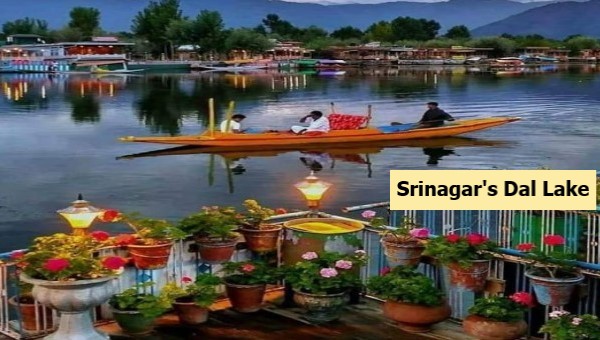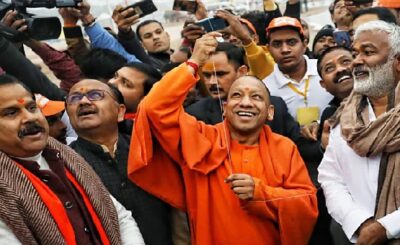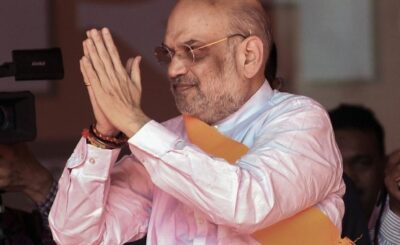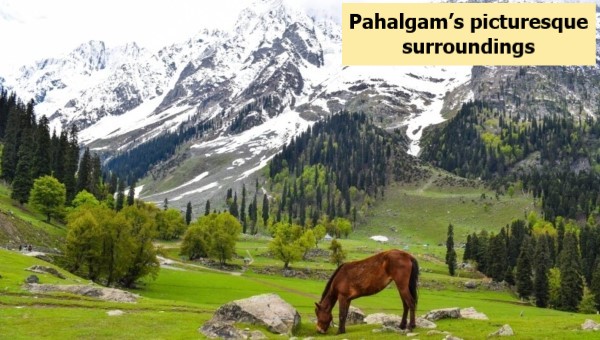
The dance, music, cuisine, carpet weaving, and Koshur Sufiana collectively constitute a significant component of Kashmiri identity. The cultural richness of Kashmir is predominantly embraced by the populace residing in the Kashmir Valley and the Dodab region of the Chenab. Renowned for its fine arts, encompassing traditional boats, houseboats, handicrafts, and poetry, the valley exemplifies the cultural tapestry of the region.
Kashmir, often referred to as “heaven on earth”, has been extolled for its surreal beauty by poets, authors, and philosophers. While the indescribable allure of the Kashmir Valley has been acknowledged, numerous luminaries have attempted to articulate its beauty on the global stage.
This pristine region, marked by its enduring beauty, has witnessed historical upheavals throughout the years. Therefore, a comprehensive exploration of the history of Jammu & Kashmir becomes imperative. In the third century B.C., Emperor Ashoka introduced Buddhism to Kashmir, a legacy further developed by Kanishka. The valley experienced control by the Huns in the early sixth century. The year 530 AD witnessed the regaining of independence by the Valley, only to be subsequently subjugated by the Ujjain empire. Notable rulers like Lalitaditya, celebrated for his splendid architecture, extended his dominion over Bengal, Konkan, Turkistan, and Tibet.
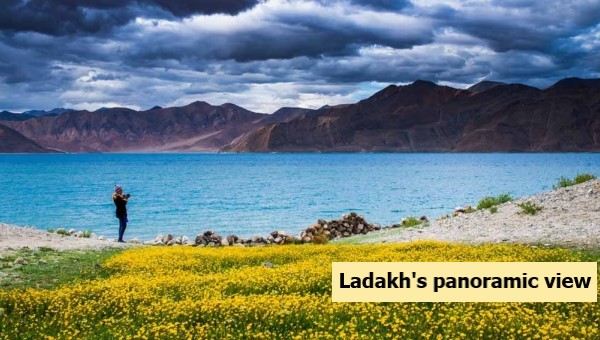
Islam arrived in Kashmir during the 13th and 14th centuries AD. Zain-ul-Abedin, who ascended to power when Hindu ruler Sinha Dev fled before the Tatar invasion, marked a significant era. The Chaks, believed to be native Kashmiris of Dardic descent, ruled until Akbar’s invasion in 1586. In 1752, the Mughal emperor relinquished authority to Ahmed Shah Abdali of Afghanistan, leading to Pathan dominance for 67 years. The ascendancy of Raja Maldev, followed by Raja Ranjit Dev, played a pivotal role in shaping the history of the region.
The Dogras, under the leadership of Raja Gulab Singh, consolidated their kingdom, annexing Ladakh in 1834 and later, in 1842, formally incorporating it into the state. The British, through the Treaty of Amritsar in 1846, facilitated the sale of Kashmir by Dogra monarch Gulab Singh. The historical narrative also highlights Gulab Singh’s neutrality during the Anglo-Sikh War, leading to the formalization of the dominion over Jammu and Kashmir through the Treaty of Amritsar.
From 1834 to 1846, Ladakh was superficially under the suzerainty of the Sikh Maharaja but its administration was under the control of Raja Gulab Singh, who assumed all rights and crown lands of the Ladakhi king.
Following the first Anglo-Sikh war, Britishers, under the ‘Treaty of Amritsar’ on April 25, 1809 (Charles Metcalfe, representing the British East India Company and Ranjit Singh, head of Sikh Kingdom of Punjab) with Dogra monarch Gulab Singh (grandfather of Karan Singh) sold Kashmir for 75 lakh rupees or Nanakshahi rupees.
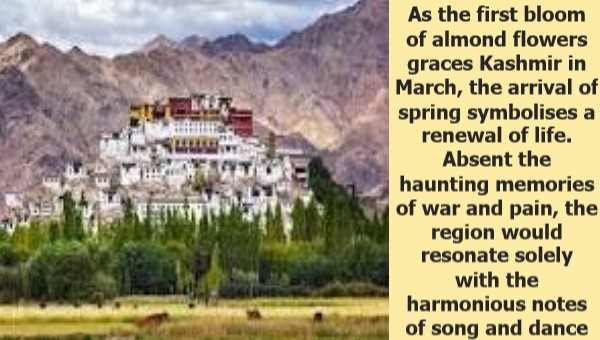
The Dogra monarchs ruled the state until 1947, when Maharaja Hari Singh signed the Instrument of Accession in favor of the Indian Union on October 26, 1947. Following this, Jammu and Kashmir transitioned into a Union Territory with a legislature, a status conferred by a law introduced by Amit Shah in the Rajya Sabha. The historical records unequivocally affirm Ladakh’s integration into the princely state of Jammu & Kashmir. Consequently, the Chinese claim over Ladakh is refuted by historical facts, which must be presented to counter such assertions.
See also:
HSJ crafts Ayodhya Ram statue Jewellery
Rohan presents his champion racquet to Modi


